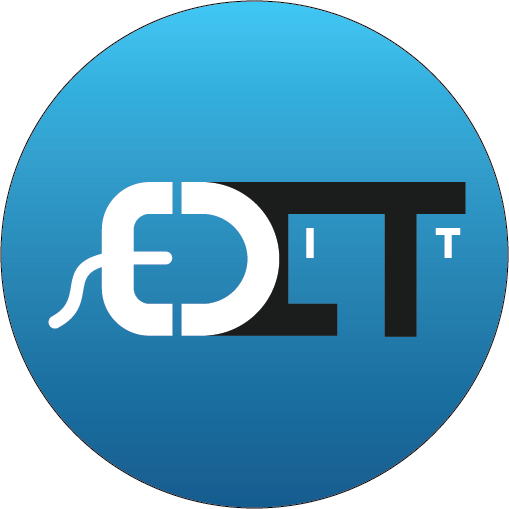Intel said Monday that the foundation of its next-generation processor, the Intel 4 process, is now “manufacturing-ready today.”
That process will be used to manufacture Intel’s next chip, code-named Meteor Lake.
Ann Kelleher, general manager of technology development at Intel, released an updated manufacturing roadmap in conjunction with the 2022 IEEE Electron Device Meeting, published in IEEE Spectrum. The roadmap itself looks similar, albeit with some fine-tuning of the roadmap. The news, however, is that Intel is on the cusp of launching what will probably be its 14th-gen Core chip, Meteor Lake.
Intel published its manufacturing roadmap for the next several years beginning this past February. It began filling in the details in August and earlier, revealing the roadmap through 2024’s Lunar Lake. The key, however, is what Intel released Monday, that Intel 4, and likely Meteor Lake, is now ready for manufacturing.

As Boyd Phelps, corporate vice president of Intel’s design engineering group, and general manager of client engineering, explained in August, only the CPU tile of Meteor Lake will be built upon Intel’s Intel 4 technology. The remainder of the tiles will be sourced from TSMC, using tiles manufactured on its N5 and N6 process. The various tiles will be built using the UCIe interface, a seemingly abstract concept that’s remarkably approachable: Like a PC, various tiles will be “plugged in” to the UCIe interconnect.
Probably the most significant improvement, however, will be the addition of specialized AI components. AI is a feature of the Qualcomm Snapdragon Arm chips, its legacy of smartphone AI enhancements including portrait mode, with artificial bokeh put in by AI.
In September at the Intel Innovation conference, Intel chief executive Pat Gelsinger talked a little about what he believed Meteor Lake’s AI capabilities could accomplish. “One of the things we will be bringing is what I would say is core AI capabilities,” he said then. “I’m sitting on a Zoom or Teams [call]. Do I want to have simultaneous translation or contextualization of that call? Yes. Do I want to have cameras that are following the speaker and performing image enhancements? Yes.”
In July, details of Meteor Lake leaked, though the leaks said then that the chip was scheduled for the second half of 2023. (Intel’s 13th-gen Core chips, Raptor Lake, launched in September 2022.) Igor’s Lab claims to have seen roadmaps that show the chips having six performance and eight efficiency cores, with a new low-power E-core, too. It’s unclear what these low-power E-Cores are, though Intel has indicated that Meteor Lake will be a new design. Will it all happen faster than expected?
Intel said Monday that the foundation of its next-generation processor, the Intel 4 process, is now “manufacturing-ready today.”
That process will be used to manufacture Intel’s next chip, code-named Meteor Lake.
Ann Kelleher, general manager of technology development at Intel, released an updated manufacturing roadmap in conjunction with the 2022 IEEE Electron Device Meeting, published in IEEE Spectrum. The roadmap itself looks similar, albeit with some fine-tuning of the roadmap. The news, however, is that Intel is on the cusp of launching what will probably be its 14th-gen Core chip, Meteor Lake.
Intel published its manufacturing roadmap for the next several years beginning this past February. It began filling in the details in August and earlier, revealing the roadmap through 2024’s Lunar Lake. The key, however, is what Intel released Monday, that Intel 4, and likely Meteor Lake, is now ready for manufacturing.

As Boyd Phelps, corporate vice president of Intel’s design engineering group, and general manager of client engineering, explained in August, only the CPU tile of Meteor Lake will be built upon Intel’s Intel 4 technology. The remainder of the tiles will be sourced from TSMC, using tiles manufactured on its N5 and N6 process. The various tiles will be built using the UCIe interface, a seemingly abstract concept that’s remarkably approachable: Like a PC, various tiles will be “plugged in” to the UCIe interconnect.
Probably the most significant improvement, however, will be the addition of specialized AI components. AI is a feature of the Qualcomm Snapdragon Arm chips, its legacy of smartphone AI enhancements including portrait mode, with artificial bokeh put in by AI.
In September at the Intel Innovation conference, Intel chief executive Pat Gelsinger talked a little about what he believed Meteor Lake’s AI capabilities could accomplish. “One of the things we will be bringing is what I would say is core AI capabilities,” he said then. “I’m sitting on a Zoom or Teams [call]. Do I want to have simultaneous translation or contextualization of that call? Yes. Do I want to have cameras that are following the speaker and performing image enhancements? Yes.”
In July, details of Meteor Lake leaked, though the leaks said then that the chip was scheduled for the second half of 2023. (Intel’s 13th-gen Core chips, Raptor Lake, launched in September 2022.) Igor’s Lab claims to have seen roadmaps that show the chips having six performance and eight efficiency cores, with a new low-power E-core, too. It’s unclear what these low-power E-Cores are, though Intel has indicated that Meteor Lake will be a new design. Will it all happen faster than expected?

